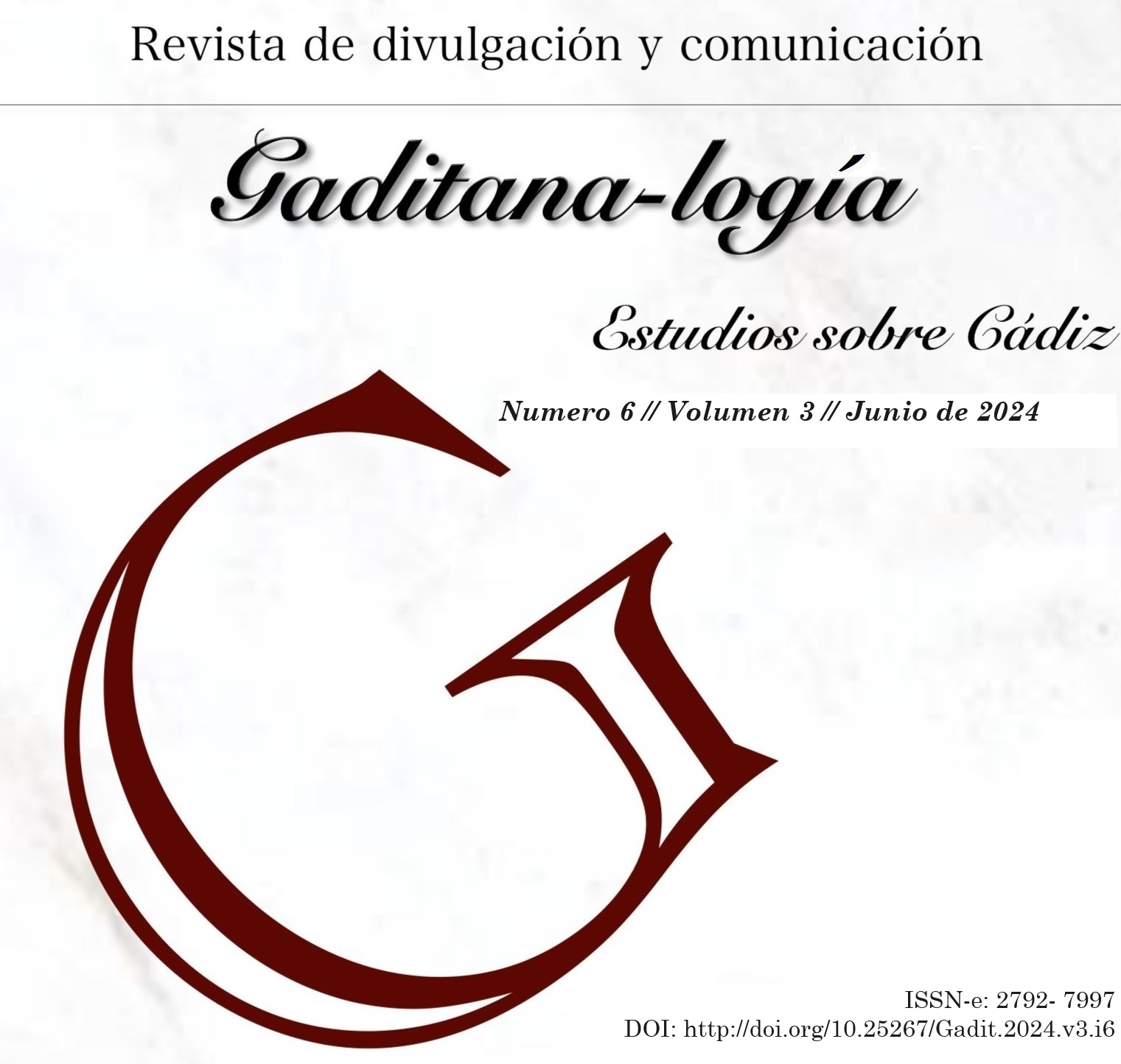The culture hidden behind the walls
Abstract
The historical epithelial treatments in architecture have been lost. Passing fashions, almost archaeological, lack of due economies, and the forgetfulness of artisan trades, have been their causes. An accumulation of acculturation and uncultured catetisms have been losing their authenticity. What is not known is not transmitted. The constituent material of Cadiz and the cities of the surroundings of the Bay, is a geological product that sculpts our cities. The way of understanding the protection and the messages supported in the facades of its architectures, has been hidden and forgotten. There are still examples of stucco, illuminations and catechisms on the walls that also protect them, whose truth we must vindicate. The hygienic and lime treatments have preserved them, and again they must be rescued to show the authenticity of history.
Keywords
Downloads
How to Cite
License
Copyright (c) 2024 Gaditana-logía

This work is licensed under a Creative Commons Attribution-NonCommercial-NoDerivatives 4.0 International License.
References
Alberti, L. (1582). Los diez libros de la Arquitectura. Alonso Gómez. https://bdh-rd.bne.es/viewer.vm?id=0000092786&page=1
Calvo López, J. (2009). El Manuscrito Cerramientos y trazas de montea de Ginés Martínez de Aranda. Archivo Español De Arte, 82(325), 1–18. Fray Lorenzo de San Nicolás (1636). Arte y uso de la Arquitectura, 1ª Parte. Placido Barco López.
https://bibliotecadigital.jcyl.es/es/catalogo_imagenes/grupo.do?path=10075304
Calvo Pérez, J. (2004). Estereotomía de la piedra. Master de Restauración del P.H. Oct. 2003-04. Murcia C.O. Arquitectos de Murcia. Universidad Politécnica de Cartagena
De Rojas, C. (1598). Teórica y Práctica de la fortificación. Luis Sánchez. https://www.sedhc.es/bibliotecaD/1598_Cristobal_Rojas_Teorica_practica_fortificacion.pdf
De Sagredo, D. (1549). Medidas del Romano. Remón de Petras.
Esteban, J. (2020). Mi querida Piedra ostionera. Autoedición.
Martínez de Aranda, G. (1730). Cerramientos y trazas de montea. https://bibliotecavirtual.defensa.gob.es/BVMDefensa/es/catalogo_imagenes/imagen.do?path=51203&posicion=1®istrardownload=1
Mingorria (1593). Reglas de las cinco órdenes. https://www.sedhc.es/bibliotecaD/1593_Vignola_Regla_5_ordenes.pdf
Palladio, A. (1797). Los cuatro libros de Arquitectura. Cámarade.
Gaditana-logía. Estudios sobre Cádiz
La cultura oculta tras las paredes
Vol.3, nº6, pp.42-57, 2024
e-ISSN: 2792-7997
DOI:http://doi.org/10.25267/Gadit.2024.v3.i6.06
Universidad de Cádiz
Perault, C. (1761). Compendio de Vitrubio. Real Academia de Bellas Artes de San Fernando. https://www.realacademiabellasartessanfernando.com/assets/docs/boletines/NUM-049%20%281979%29.pdf
Sanchidrián, J. (1985). El Arte de Trabajar la Piedra. Mingorria, pueblo de Canteros. Revista Cultural, 1, 1-68; http://crienaturavila.centros.educa.jcyl.es/sitio/upload/el_arte_de_trabajar_la_piedra_monografico_1985.pdf.
Serlio, S. (1552). Tercero y Cuarto Libros de Arquitectura. Casa de Iván de Ayala. https://centrohistoricopuebla.com/wp-content/themes/consejo2023/doctos/tratados/1552.pdf
Simonin, F (1745). Arte de la Montea. Tratados de la Montea y Cortes de Cantería. Viuda de Joseph García. https://bibliotecadigital.jcyl.es/es/catalogo_imagenes/grupo.do?path=10127464
Torija, J. (1661). Tratado de todo género de bóvedas. Ed. facsímil Pablo de Val
Tosca, T. (1727) Monteas y cortes de cantería. Ed. Facsímil.
Turriano, J. y Lastaroza, P. (1570). Los 25 libros de Ingenieros y las Máquinas. https://bdh-rd.bne.es/viewer.vm?id=0000099602&page=1
Vandelvira, A. (1567). Libro de trazas de cortes de piedra. Ed. facsímil
Viñola, J. (1593). Regla de las cinco Órdenes. Frossart y comp.
Vitruvio, M. (1787). Los diez libros de la Arquitectura. Imprenta Real. https://www.sedhc.es/bibliotecaD/1787_J_Ortiz_Sanz_Los_diez_libros_de_M_Vitruvio_Polion.pdf






